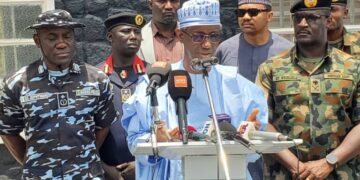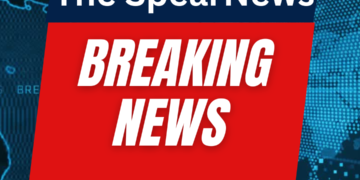Nigeria’s total public debt surged to N144.665 trillion by December 2024, a 48.58% increase from N97.34 trillion in 2023, according to the Debt Management Office (DMO).
The latest figures reveal stark disparities among states, with Lagos, Rivers, and Ogun emerging as the most indebted, while Jigawa recorded the lowest debt profile.
Lagos State maintained its position as the most indebted subnational government with over N900 billion, followed by Rivers (N364 billion) and Ogun (N211 billion). At the opposite end, Jigawa’s debt stood at just N1.33 billion – the lowest in the federation. The debt increase was driven by new borrowings and naira depreciation, which inflated the naira value of dollar-denominated debts.
The DMO report showed Nigeria’s external debt portfolio grew by 83.89% to ₦70.29 trillion, while domestic debt rose 25.77% to ₦74.38 trillion. Notably, states and the FCT saw their domestic debt decline by 32.27% to ₦3.97 trillion, even as federal government domestic debt jumped 32.19% to ₦70.4 trillion.
Debt servicing consumed ₦5.97 trillion domestically in 2024, with federal bond interest payments accounting for ₦4.69 trillion.
External debt servicing totaled $4.66 billion, including $1.15 billion for Eurobond repayments. Other heavily indebted states include Delta (₦199.6 billion), Bauchi (₦143.9 billion), and Niger (₦140.7 billion), while Ondo (₦12.9 billion) and Kebbi (₦15.2 billion) joined Jigawa among the least indebted.
The widening debt profile continues to raise concerns about fiscal sustainability, particularly as servicing costs consume an increasing portion of government revenues. Experts warn that without corresponding growth in revenue generation, Nigeria’s debt burden may become increasingly unsustainable in coming years.









































Discussion about this post